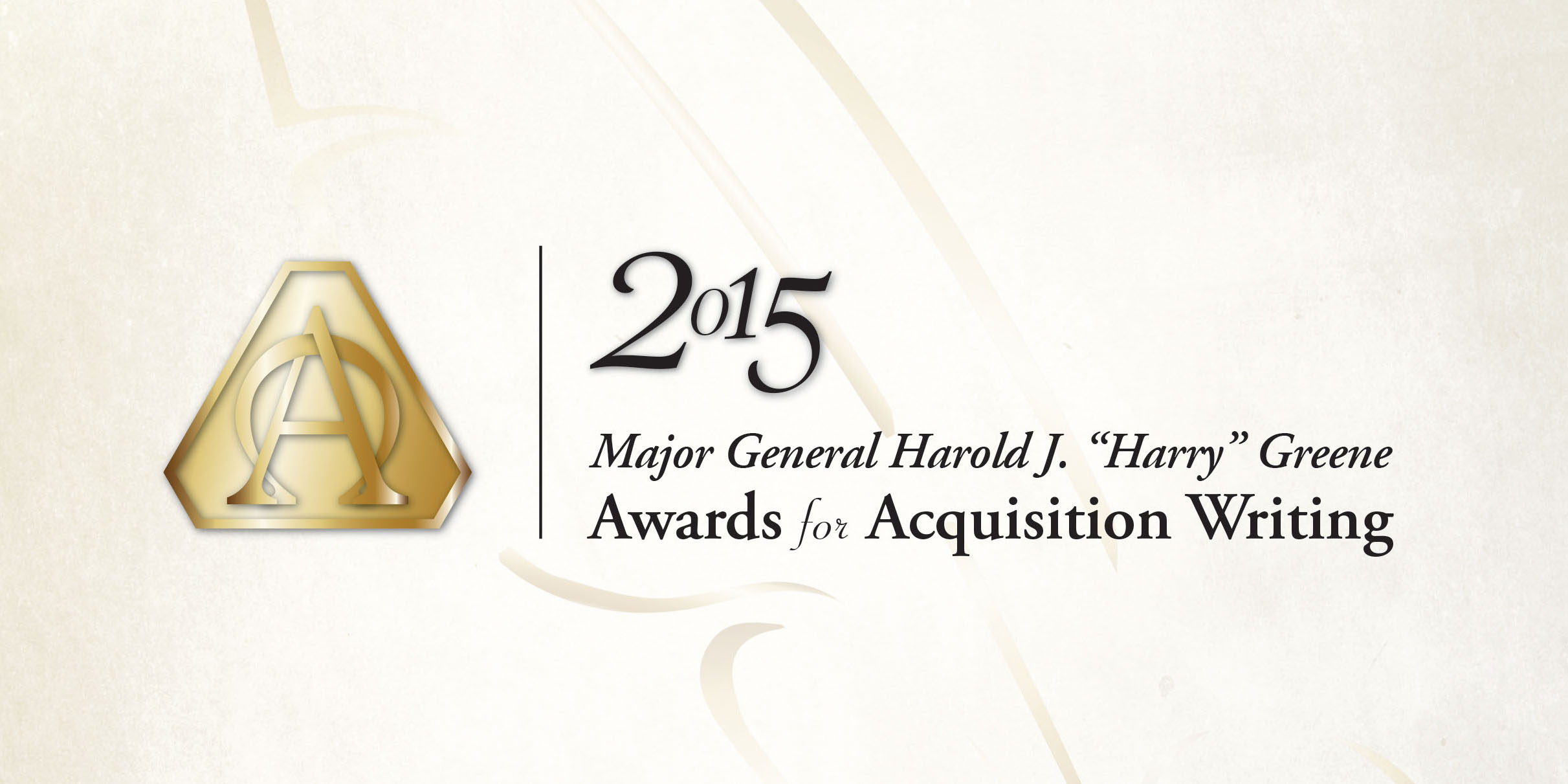
This year’s winners of the Major General Harold J. “Harry” Greene Awards for Acquisition Writing showcase the talent and creativity that are the hallmarks of the acquisition community to which MG Greene made considerable and lasting contributions
by the Honorable Heidi Shyu
Through the Major General Harold J. “Harry” Greene Awards for Acquisition Writing, we remember a leader who left an indelible mark on us all. Over the course of a 34-year career, Harry brought a unique blend of technical expertise, business acumen and decisive leadership to the Army. I could always count on him to make decisions and tackle problems with sound logic and a clear perspective on what needed priority focus, especially on matters affecting our Soldiers. He was passionate about our responsibility to provide them with the best equipment in the world.
Harry’s service, sacrifice and tragic death on Aug. 5, 2014, while serving as the deputy commanding general of Combined Security Transition Command – Afghanistan reminds us of the dedication, commitment and risk our men and women in uniform take to ensure our nation’s security. His distinguished career as a Soldier and leader in the Army is solemnly remembered not for how it ended, but for what it achieved.
We honor Harry’s legacy, in part, through the annual Major General Harold J. “Harry” Greene Awards for Acquisition Writing. Open to all, this competition is designed to foster a dialog on the way forward for the acquisition community in these challenging times. Each year, we invite participants to share their experiences and bright ideas by submitting articles, essays and opinion pieces in the following categories: Acquisition Reform/Better Buying Power; Future Operations; Innovation; and Lessons Learned. The difficult task of selecting winners and honorable mentions is made easier by the expertise of our senior military and civilian acquisition leaders, who served as reviewers and judges.
This special supplement to Army AL&T magazine showcases the 2015 winning authors and those who received honorable mentions. I often say that we have the greatest workforce anywhere, and this year’s results are another reminder of the tremendous talent, creativity and expertise within our community. My thanks and best wishes to all who participated in this competition, and my sincere congratulations to all whose works are included in the pages that follow.
Harry was a scholar and an inspirational leader. His contributions to our Soldiers and the Army will be felt for many, many years to come. This award, and all that it signifies, reminds us of the tremendous debt of gratitude we owe him.
The winners and honorable mentions are:
Category: Acquisition Reform/Better Buying Power
 Winner: Embracing Requirements Creep and Making Defense Acquisition Agile to Address a Changing World
Winner: Embracing Requirements Creep and Making Defense Acquisition Agile to Address a Changing World
Author: Mr. Joe Novick is the deputy product manager for the Joint Expeditionary Collective Protection Program within the Joint Project Manager for Protection, part of the Joint Program Executive Office for Chemical and Biological Defense. Mr. Jorge Hernandez also contributed to the article.
Abstract: Requirements creep should be embraced, not dismissed. Said differently, the ability of acquisition programs to adapt to new threats and environments should be embraced, not dismissed! The variety of adversaries, complex foreign policy, and the speed of technology expansion present an ever-growing number of new threats in a fiscally restrained environment. Yet defense acquisition remains rigid, only able to change course at prescribed junctions. While efforts to rapidly field responses to emerging threats exist, these strategies oftentimes make critical trade-offs that increase management oversight and life-cycle costs in the longer term. How can defense acquisition become more agile to address the changing threat environment? Can the defense acquisition community embrace requirements creep while employing Better Buying Power to streamline acquisition? In order to embrace requirements creep to make weapon systems align better to the changing threat, fundamental changes to the requirements generation process and to the defense acquisition process are necessary.
Honorable Mention: Is Your System Export Ready?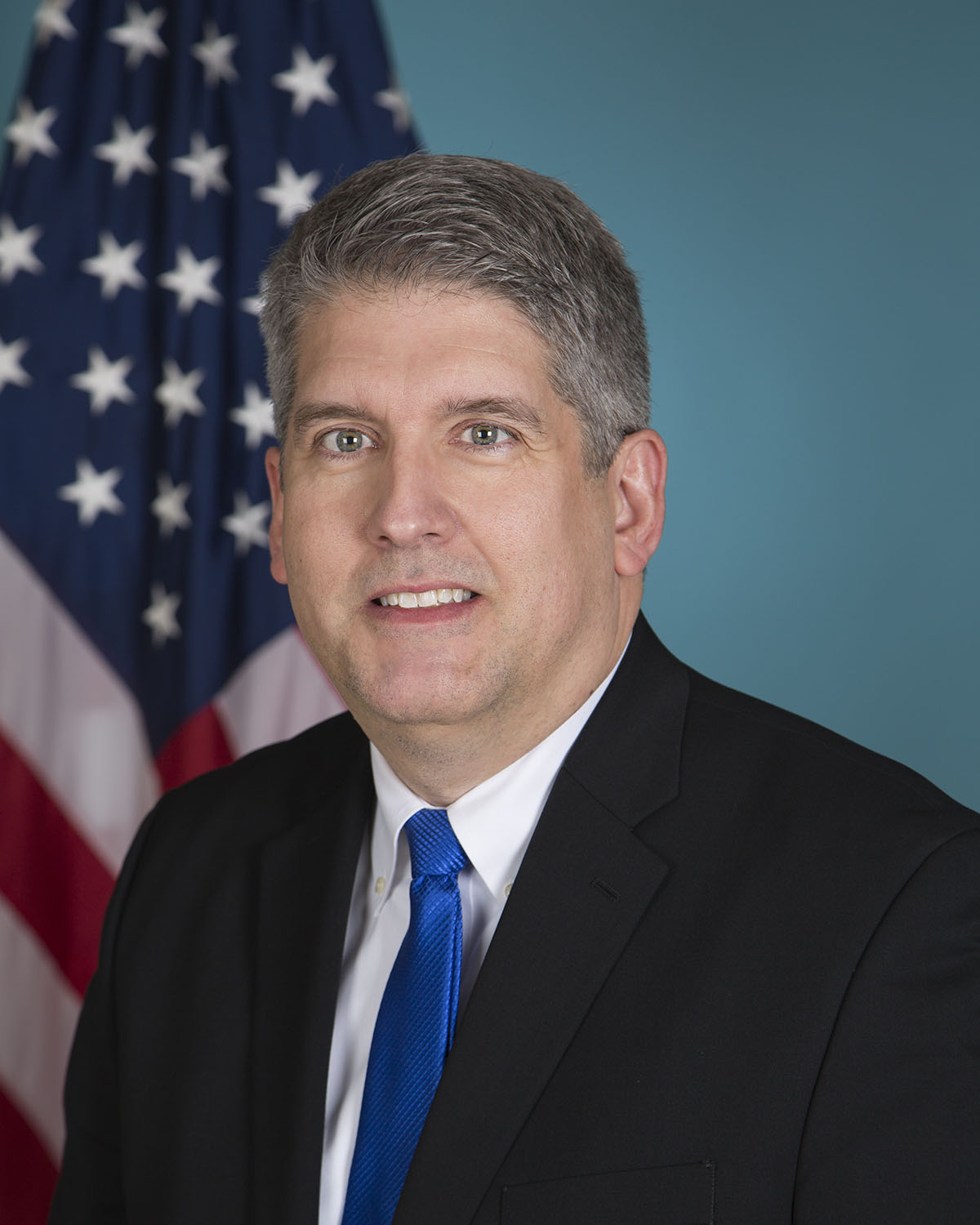
Author: Mr. Paul Manz currently serves as chief scientist for the Program Executive Office (PEO) for Ammunition.
Abstract: As part of Better Buying Power (BBP) and its overarching set of acquisition-related imperatives, there has been and continues to be an increased focus on including defense exportability features (DEF) as an inherent part of all DOD systems envisioned for eventual export via foreign military sales (FMS) or direct commercial sales (DCS). Increasing our ability to export defense products has numerous benefits, including greater economies of scale that reduce costs for all customers (including U.S. customers), greater commonality and interoperability with our global partners, and strengthened relationships with our friends and allies. From a national technology and industry base (NTIB) management perspective, these benefits also include strengthening and protecting our own industrial base through expanded DEF-enabled opportunities to meet minimum sustaining rates and maintain profitability in an era where defense spending is decreasing and many smaller-tier companies are exiting the marketplace. The author has defined and currently uses a common communications framework and set of DEF-related terminologies and definitions that can facilitate mutual, efficient understanding among all stakeholders. The exportability readiness level (ERL) is akin to technology readiness level (TRL) and manufacturing readiness level (MRL), and captures the synergy between ERL and the usual TRL and MRL maturity levels desired by a program manager before they choose to integrate a new technology into a program of record.
 Honorable Mention: Experience-Based Qualification Standards for the Contracting Workforce
Honorable Mention: Experience-Based Qualification Standards for the Contracting Workforce
Author: Mr. Thomas H. Miller is the program manager for the U.S. Marine Corps Mine Resistant Ambush Protected Vehicle Program.
Abstract: Winston Churchill said: “Gentlemen, we have run out of money; now we have to think.” This logic applies to the current DOD fiscal environment: shrinking budgets due to sequestration, but increasing operational requirements due to expanding global threats. DOD needs experienced, business and technology-savvy personnel capable of managing its complex, multibillion dollar programs successfully to provide needed capability to meet the demands of warfighters. It is imperative that the DOD and Army contracting workforce evolve to meet this demand, as they are the point people negotiating and administering the contracts under which most of DOD’s work is accomplished. However, the contracting workforce—made up of a mix of highly experienced but overworked senior level personnel and a recent influx of younger, less experienced personnel—is not well positioned to deal with the demands of the current environment, much less the increasingly demanding future. The author outlines a new system that ensures that contracting personnel are qualified, through on-the-job experience and a career path of progressively more demanding experiential assignments designed both to prepare them for their current jobs and to help them plan their future career progression.
Category: Future Operations
 Winner: The Sensor Computing Environment Initiative: Achieving Comprehensive Sensor Interoperability for the United States Army
Winner: The Sensor Computing Environment Initiative: Achieving Comprehensive Sensor Interoperability for the United States Army
Authors: Mr. Clair Guthrie is the Army’s Common Operating Environment Sensor Computing Environment (CE) lead, responsible for providing interoperability for 46 Army sensor and command and control systems.
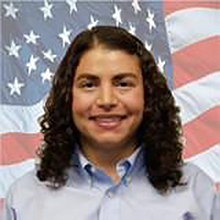 Dr. Christina Bates provides contract support to various organizations within the Army acquisition and research, development, and engineering communities, including Project Manager Terrestrial Sensors and the Communications-Electronics Research, Development and Engineering Center’s Night Vision and Electronic Sensors Directorate.
Dr. Christina Bates provides contract support to various organizations within the Army acquisition and research, development, and engineering communities, including Project Manager Terrestrial Sensors and the Communications-Electronics Research, Development and Engineering Center’s Night Vision and Electronic Sensors Directorate.
Abstract: As our nation faces existing and emerging threats, and our Army readies itself to win in a complex world, improved situational awareness and a mastery of the battle space will become increasingly important. Sensor CE’s pursuit of comprehensive sensor interoperability, and its myriad and significant benefits, will be integral to the Army’s ability to access, apply and unlock the full potential of sensor data to take decisive action and ensure combat overmatch.
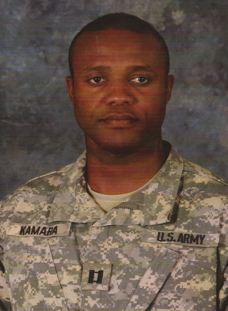 Honorable Mention: Disruptive Technology: Managing Its Potential Impact on Future Army Operations
Honorable Mention: Disruptive Technology: Managing Its Potential Impact on Future Army Operations
Author: CPT(P) Hassan M. Kamara is a basic branch armor officer, and an assistant program manager in the Patriot Advanced Capability-3 Product Office in the Lower Tier Project Office of PEO Missiles and Space.
Abstract: This paper studies the potential influence of disruptive technology on future Army operations and the Soldier from a historical perspective. It provides insight into how Army and Acquisition Corps leaders can hedge against technical surprise in future operations. The adversaries of the United States will continue to seek innovative ways to disrupt its technological dominance in land warfare. Shawn Brimley et al “Game Changers: Disruptive Technology and U.S. Defense Strategy” concur that “during the next decade, the rise of new powers and the accelerating diffusion of advanced technology throughout the international system will pose significant challenges to U.S. technological dominance in military affairs.” This raises the question: how can the U.S. Army manage emerging technology to prevent technical surprise and complications to future operations? Using the U.S. interwar period (1918-1941) as its case study the paper examines how emerging technology was managed in that era to inflict technical surprise, and derives lessons to help the U.S. Army hedge against technical surprise in future operations.
Category: Innovation
Author: Dr. Kurt T. Preston is the deputy director of the Innovation Enablers Portfolio and the U.S. Army Corps of Engineers’ Engineering Research and Development Center’s liaison to the Office of the Deputy Assistant Secretary of the Army for Research and Technology.
Abstract: This essay notes that it has been 70 years since “The Endless Frontier” was published. It was a highly successful report that, at the end of World War II, established the central construct of basic and applied research within the federal research establishment. This essay suggests that while the linear thinking of “The Endless Frontier” was successful in the industrial era, we no longer live in a linear world and that the assembly line analogy it represents needs reconsideration.
 Honorable Mention: Acquisition Courage: The Advent of the Army Smartphone AKA: How to Save a Billion Dollars and Change the Army
Honorable Mention: Acquisition Courage: The Advent of the Army Smartphone AKA: How to Save a Billion Dollars and Change the Army
Author: Mr. Jason Regnier has been the deputy product manager for Nett Warrior in PEO Soldier since 2008.
Abstract: The author details the challenges, successes and outside-the-box approaches behind Nett Warrior, including the important roles played by GEN Peter W. Chiarelli, then vice chief of staff of the Army, and the late MG Harry Greene, then deputy of acquisition and systems management for the assistant secretary of the Army for acquisition, logistics and technology. According to the author, the project yielded this lesson for product managers: have the courage yourself to find the champions who are willing to do the right thing in acquisition. It could make a billion dollar difference.
Category: Lessons Learned
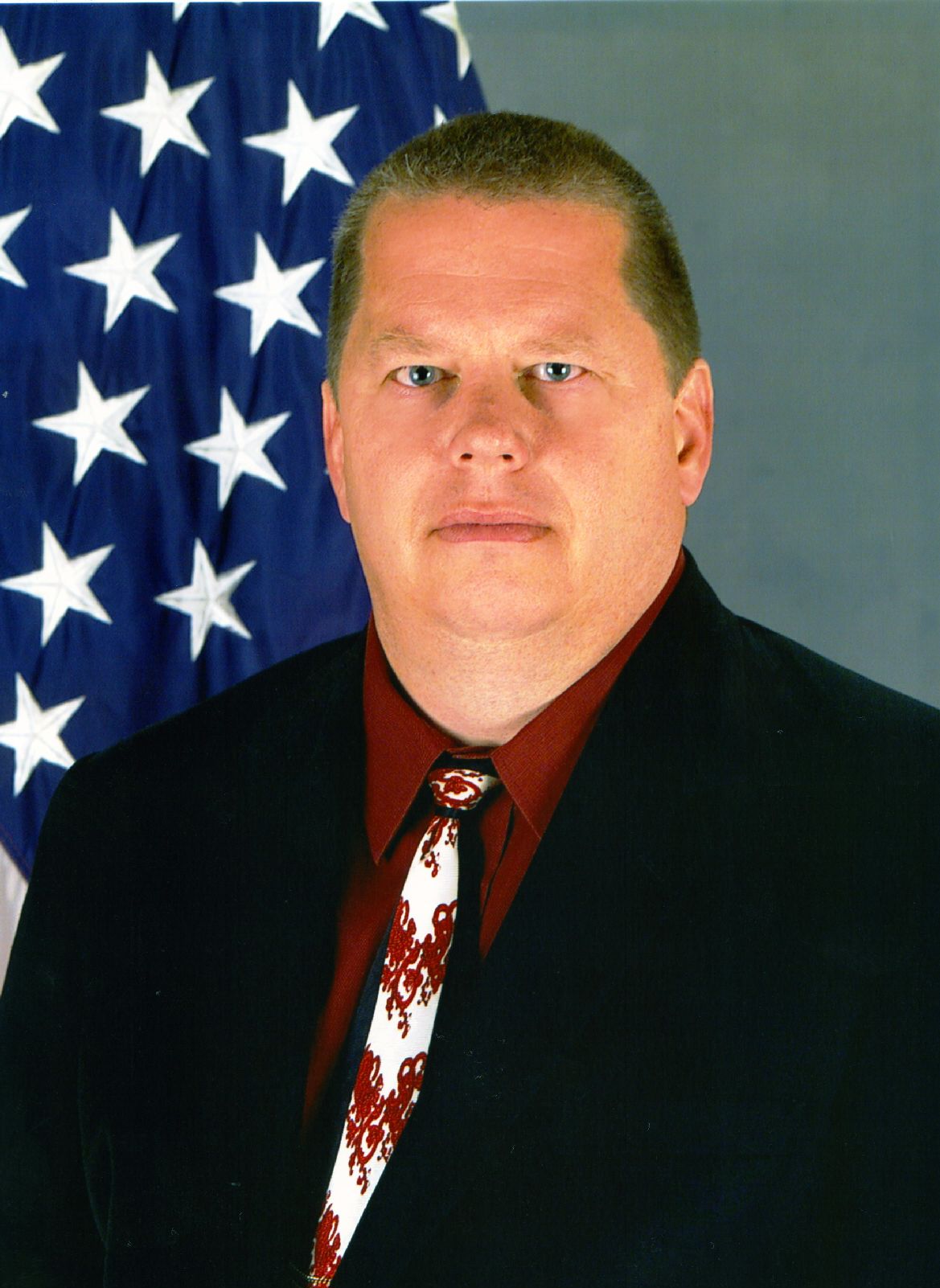 Winner: Lessons Learned—Update of the UH-60A/L Attitude Heading Reference Set (AHRS)
Winner: Lessons Learned—Update of the UH-60A/L Attitude Heading Reference Set (AHRS)
Author: Mr. Mark J. Jeude is chief of the Technical Management Division for the Improved Turbine Engine-Future Vertical Lift Project Office in PEO Aviation.
Abstract: Field failures of the Attitude Heading Reference Set (AHRS) on fielded UH-60A/L Black Hawk helicopters had the potential to impact the safe operation of more than 1,000 aircraft. This led the Utility Helicopters Project Office to form a “tiger team” to quickly mitigate this risk without negatively impacting the ability of the aircraft to perform its mission. This paper looks at the successes of this tiger team, and identifies lessons learned that may be applied in similar situations.
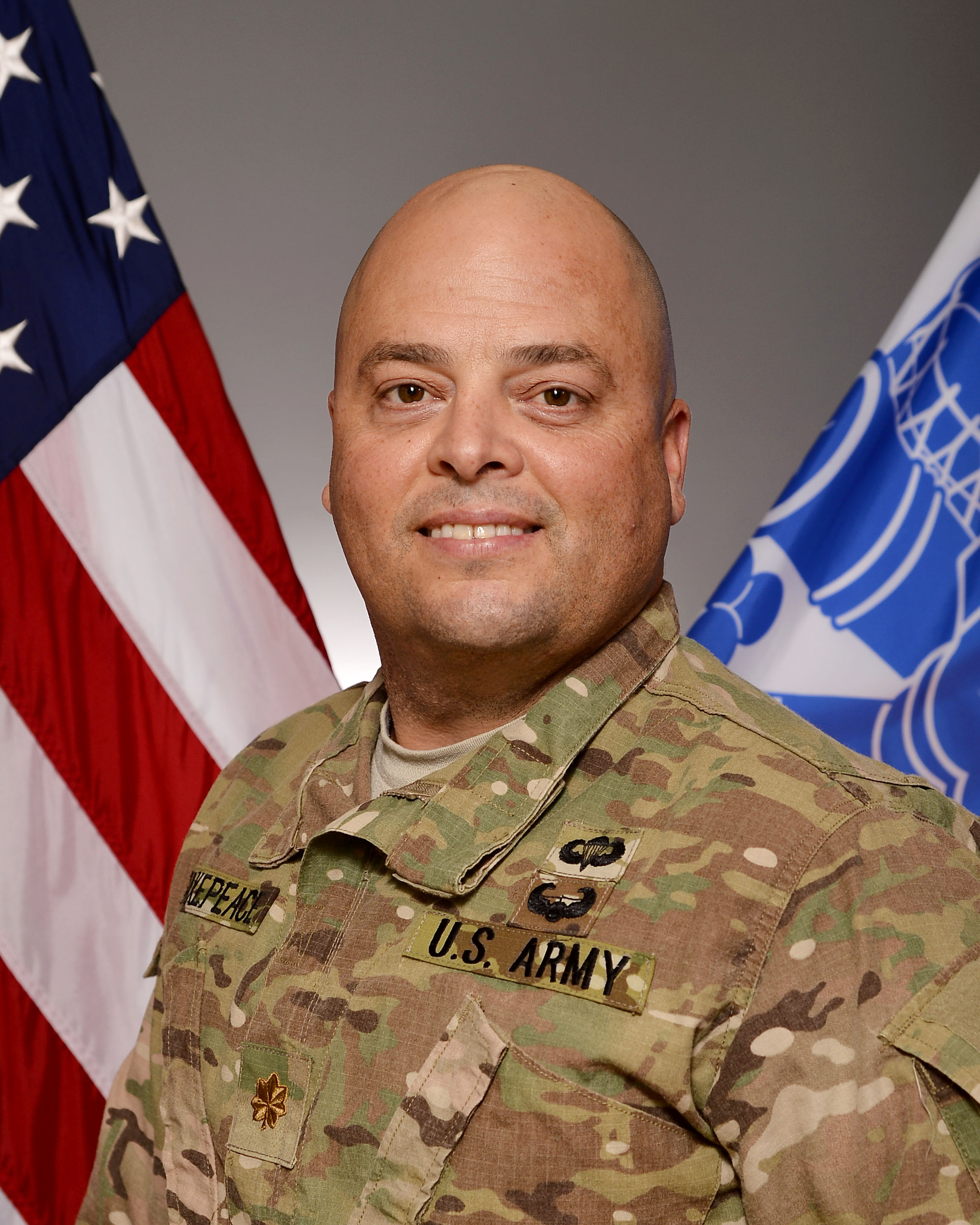 Honorable Mention: Four Ways to Improve Contract Support Within the Operational Contract Support Framework: A way Forward for Operational Contract Support
Honorable Mention: Four Ways to Improve Contract Support Within the Operational Contract Support Framework: A way Forward for Operational Contract Support
Author: Maj. Eric Makepeace, U.S. Army Reserve, is an Army Reserve contracting officer (51C) currently deployed in the Horn of Africa. In 2013 he deployed to Jordan as the operational contracting support officer and helped set the theater for current operations and contingencies, using the concepts he wrote about in this white paper. He trained with the 45th Contracting Squadron/LGCAA at Patrick Air Force Base, FL.
Abstract: The goal for operational contract support should be to better serve current (phase 0) operations, support annual training exercises, and prepare the theater for contingencies (wartime or natural disaster). Specifically, DOD expeditionary contracting strategy should address repeating requirements, support long-range planning, upgrade infrastructure during exercises, and use “reach-back” contracting resources.
Major General Harold J. “Harry” Greene Awards for Acquisition Writing Distinguished Judges
Maj. Gen. Robert E. Armbruster Jr. (USA, Ret.), Defense Acquisition University (DAU) faculty member and former commander, U.S. Army Test and Evaluation Command (ATEC)
Maj. Gen. Charles A. Cartwright (USA, Ret.), DAU faculty member and former program manager, Future Combat Systems
Professor John T. Dillard, academic area chair for acquisition, Graduate School of Business and Public Policy, Naval Postgraduate School
Professor Raymond D. Jones, Graduate School of Business and Public Policy, Naval Postgraduate School
Ms. Mary Miller, deputy assistant secretary of the Army for research and technology
Maj. Gen. Roger A. Nadeau (USA, Ret.), senior vice president, American Business Development Group, and former commanding general (CG), ATEC
Col. Kurt A. McNeely (USA, Ret.), chief, Warfighter Central, Enterprise and Systems Integration Center, U.S. Army Armament Research, Development and Engineering Center
Mr. Kris Osborn, Managing Editor, Scout Warrior
Jeffery A. Steevens, Ph.D., senior scientist, U.S. Army Corps of Engineers’ Engineer Research and Development Center, Environmental Laboratory
LTG Richard G. Trefry (USA, Ret.), Association of the United States Army (AUSA) senior fellow and former Army inspector general
Gen. Louis C. Wagner (USA, Ret.), AUSA senior fellow and former CG, U.S. Army Materiel Command
Lt. Gen. Joseph L. Yakovac (USA, Ret.), senior counselor, The Cohen Group, and former ASA(ALT) military deputy and director, Army Acquisition Corps








